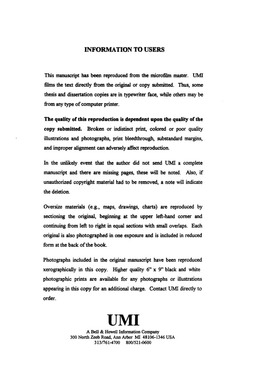| dc.description.abstract | This analysis will show the social and political aftermath of Creek Indian removal in the early nineteenth century. To accomplish this, this study explains specific demographic characteristics both before and after removal. This analysis examines one specific area of Creek social organization--names--both before and after removal. Additionally, this analysis indicates that there was a decrease in Creek population. However, among the Upper Creeks, there was a less severe decrease and a significant increase in household size, suggesting increased fertility, from 1832 to 1857/58. Likewise, there was a larger increase in household size among Upper Creeks and Muskogee Creeks. This analysis uses Creek personal names to show social changes during this period. Initially, in both pre- and post-removal periods, Upper Creeks were the most Muskogean, at least using the criteria in this study. In this analysis Muskogean means a group had a higher percentage of Muskogee clan, town, or title names. Upper Creeks also had more English names. Not unexpectedly, Muskogee towns had a higher proportion of Muskogean personal names. Furthermore, both Upper and Lower Creeks increase in Muskogean names; by 1858-59 Muskogean names were more common than in 1832. Likewise, there was less variety in 1858-59 than in 1832. There was a significant increase in the percentage of English names between 1832 and 1858-59. All of this suggests that some Creeks adjusted to removal better and faster than others. This data suggests two strategies for adaptation to Creek resettlement. The first strategy was a return to and intensification of Muskogean social patterns as shown by an increase in Muskogean names, particularly political and social titles. The second strategy was to increase relations with Americans. Both strategies existed before removal, but after resettlement the patterns intensified. In short, both conservatism and, possibly, innovation, became more important. The latter route to adaptation among the Creek is well known, but the former has not been discussed in previous works. | en_US |
